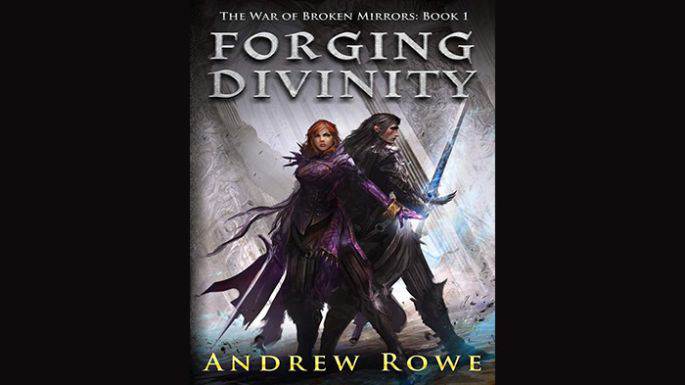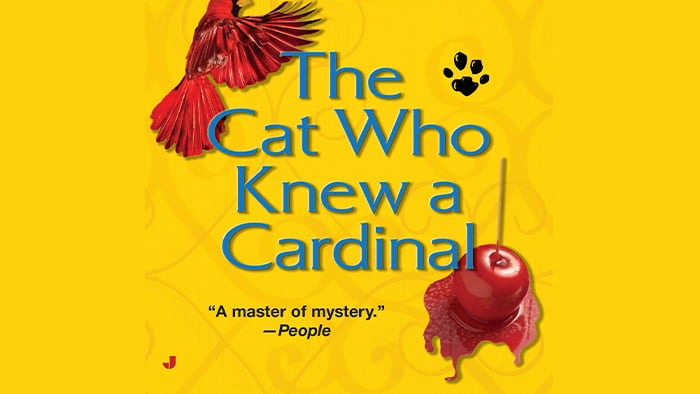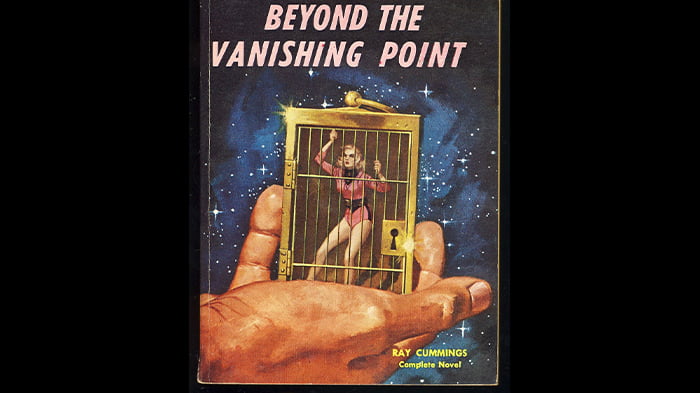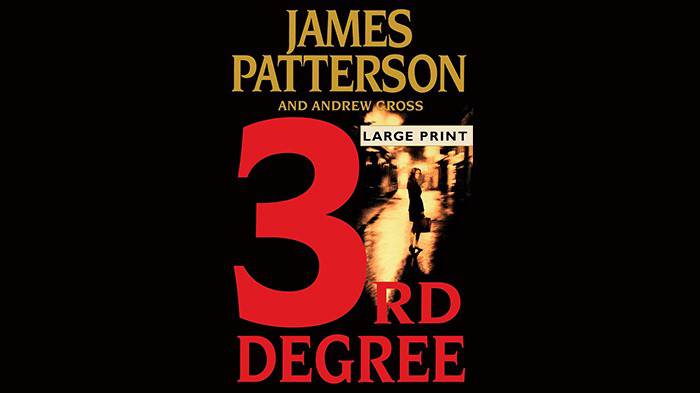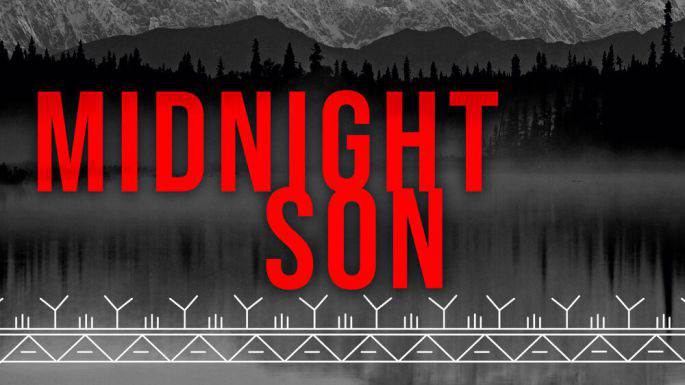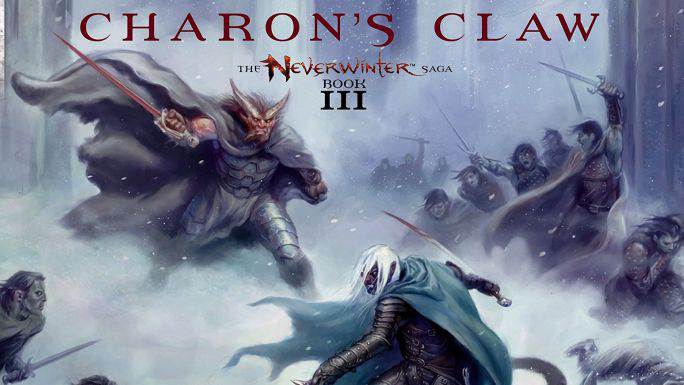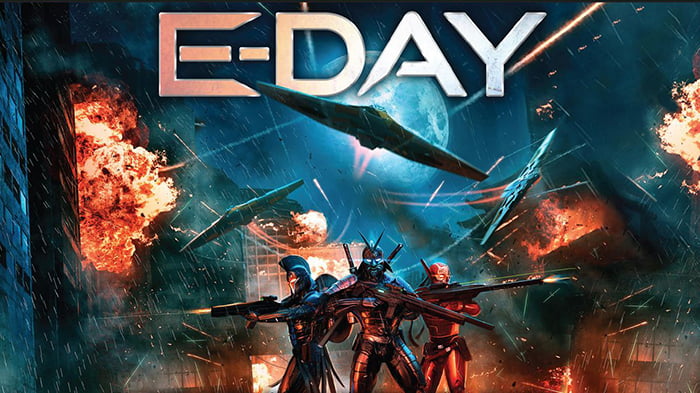There is a reason J.R.R. Tolkien never published this novel while he was alive. Even with the material added by his son, Christopher Tolkien, The Fall of Gondolin reads more like a synopsis than a story. Little effort is made to develop characters or build suspense. Key events are skimmed over rather than fleshed out, and all tension and emotion are wrung out of the prose by the necessity of keeping the majestic narrative flowing. And yet it is that majestic narrative that saves this book from obscurity. Tolkien’s words are beautiful and a joy to listen to, especially as performed by Samuel West. Tolkien nerds will probably overlook the book’s shortcomings and appreciate the depth added to the Middle Earth lore.
It was a delight to see the progression in the story, how Tolkien crafted such a riveting epic as seen in The Fall of Gondolin. However, if you are looking for a read through type story, this isn’t for you. Christopher Tolkien retells the tale of Tuor several times throughout the book, from different angles at varied times of his father’s life. (Yes. it’s a bit redundant at times) If you are a fan of the Silmarillion, however, there are nuggets spread throughout this book that shed further light on the Elder Days and the End of Days (well worth the read!). Also, the narrators do a smashing job with this book, and make engaging with the text a treat!
Christopher Tolkien’s latest editions, The Children of Hurin, Beren and Luthien, and finally, The Fall of Gondolin, weave in a mix of storytelling and editorial remarks, and wonderful synthesis of difficult underlying materials, the main stories of Tolkien’s mythology of the elder days. The characters and the stories are beautiful and sad at the same time. And for lovers of The Hobbit and The Lord of the Rings, these editions create the complex backstory for all the events and poetry and allusions in those amazing stories.
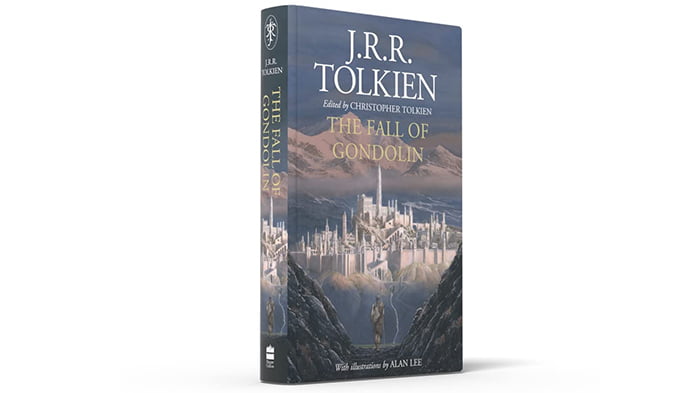
You can also see the great love of Christopher for these stories that became his life’s work until his death in his 90s shortly after the publication of the Fall of Gondolin.
It’s not always easy reading or listening to these editions because they are not continuous novels, rather shorter and longer fragments of stories that Christopher lovingly weaves into one coherent story with multiple and sometimes alternating strands, I would say, like a musical piece and it’s variations yet with one theme. Maybe the music of the Ainur? Rest in peace, Christopher. And thanks.
I should also say that the two readers have done a beautiful job playing the alternating roles of narrator and editor’s voice.
And of course, there is J. R. R. Tolkien’s marvelous imagination and story that has something enduring still to tell our troubled world about itself.
Be warned, about two-thirds of this edition of The Fall of Gondolin are dedicated to the writing of the story, narrating previously unpublished versions, fragments, and explanation how it call came to be. The final, extended and beautifully written (and narrated) version of the Fall of Gondolin is the first section of the book, about two hours.
What follows is different versions of that same tale, along with detailed explanations. This may not be everyone’s cup of tea but if you are a fan of Tolkien’s work, this is a great listen.
I personally found the extended sections somewhat detrimental to my overall enjoyment of listening but the first chapter containing the Fall of Gondolin itself is a beautiful, poignant tale that deserves a listen. You can definitely sense how this was the prototype for the Siege of Minas Tirith in “Return of the King”.
 Skip to content
Skip to content
